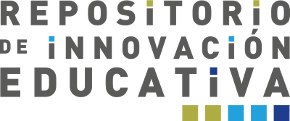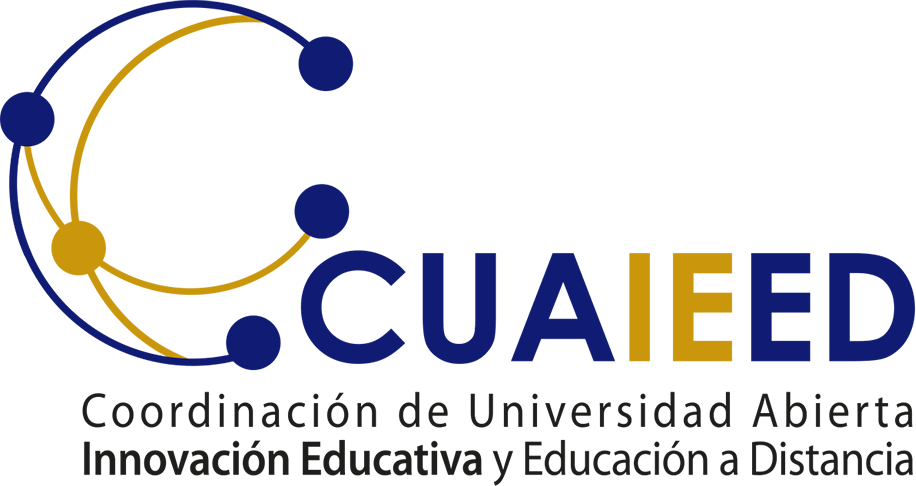Por favor, use este identificador para citar o enlazar este ítem:
https://www.innovacioneducativa.unam.mx:8443/jspui/handle/123456789/5449Registro completo de metadatos
| Campo DC | Valor | Lengua/Idioma |
|---|---|---|
| dc.contributor.author | Ospina Delgado, Julieth | |
| dc.contributor.author | Zorio Grima, Ana | |
| dc.contributor.author | García Benau, María | |
| dc.date.accessioned | 2020-03-03T16:00:31Z | - |
| dc.date.available | 2020-03-03T16:00:31Z | - |
| dc.date.created | 2016 | |
| dc.date.issued | 2016 | |
| dc.identifier.issn | 1697-9818 | |
| dc.identifier.issn | 2014-3215 | |
| dc.identifier.uri | http://132.248.161.133:8080/jspui/handle/123456789/5449 | - |
| dc.description.abstract | Purpose: The aim of this study is to analyze the factors influencing the MOOC supply level. Specifically, this paper analyzes certain internal and strategic factors associated with universities, such as prestige, public or private status, age, size (measured by the number of faculty members or students) and region. Design/methodology/approach: We apply a descriptive methodology and then use multivariate analysis to test five hypotheses related to the institutional profile of 151 universities in 29 countries. Empirical evidence is provided from universities offering MOOCs through the four of the most commonly used private global platforms that emerged as part of the booming MOOC movement (Udacity, Coursera, edX and MiríadaX). Findings: The findings show some differences when prestige is measured according to the Shanghai ranking (model 1) and the Webometrics ranking (model 2). In both cases, the private nature of the university and the region (North America) are factors that have a significant influence on the MOOC university supply. Depending on both rankings, size and age are influential factors. It is important to emphasize that prestige is a significant factor according to model 2. Research limitations/implications: MOOCs are a phenomenon with a growing trend, and for which the supply data change frequently. Therefore, the results of our empirical research are limited to a specific period. Practical implications: This paper provides new empirical evidence for use in future studies to analyze and compare the behavior of the MOOC supply by different universities. Social implications: This study contributes to the comprehension of the factors that influence the extent to which universities participate in the MOOC supply. It also suggests relevant aspects for innovation policies in university education, since universities must make strategic decisions in a competitive environment that affects their institutional philosophy. Originality/value: This paper makes an empirical contribution to the existing international literature on MOOC supply. It analyzes the relevance of the factor of prestige, as measured by two university rankings, Webometrics, the emphasis of which is focused on visibility on the Internet, and Shanghai, in which emphasis is placed on the impact on scientific research. | |
| dc.language | en | |
| dc.rights | Derechos reservados | |
| dc.source | Intangible Capital, 12(5):1401-150 | |
| dc.title | Massive open online courses in higher education: A data analysis of the MOOC supply | |
| dc.type | Artículo | |
| dcterms.bibliographicCitation | Ospina Delgado, Julieth; Zorio Grima, Ana y García Benau, María (2016). Massive open online courses in higher education: A data analysis of the MOOC supply. Intangible Capital, 12(5):1401-150. Disponible en: http://www.intangiblecapital.org/index.php/ic/article/view/798/588 | |
| dc.identifier.sinne | Cuanti9 | |
| dc.identifier.url | http://www.intangiblecapital.org/index.php/ic/article/view/798/588 | |
| dc.subject.keywords | Massive Open Online Courses | |
| dc.subject.keywords | Higher education | |
| dc.subject.keywords | MOOC platforms | |
| dc.subject.keywords | Universities | |
| dc.subject.keywords | Prestige | |
| dc.subject.keywords | MOOC sypply | |
| dc.identifier.doi | http://dx.doi.org/10.3926/ic.798 | |
| Aparece en las colecciones: | Cuantitativo | |
Ficheros en este ítem:
No hay ficheros asociados a este ítem.
Los ítems de DSpace están protegidos por copyright, con todos los derechos reservados, a menos que se indique lo contrario.


